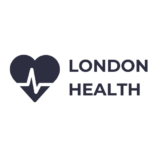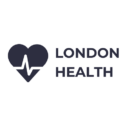First Aid
First aid treatment is often the primary response to an incident which has caused a medical emergency; commonly, these incidents include accidents, falls, sports injuries or people suddenly falling ill. First aid care is often given prior to the arrival of paramedics in the event of an accident or injury and can make the difference between life and death.
Being in an emergency situation can be frightening but if you act correctly, you could save somebody’s life; each year over 5 million people are involved in accidents which require first aid care. The following articles will outline some of the most common emergency health conditions as well as offering advice on how to tend to a casualty, how to make a first aid kit and where to find information about first aid courses.
Emergency situations
An emergency can occur at any time and in any place, but common examples of emergency situations and conditions include:
- Road traffic accidents
- Falls
- Heart attacks
- Strokes
- Head injuries
- Anaphylactic shock
In these examples, people are usually very ill and will benefit from treatment as quickly as possible. If you find yourself in this situation you should contact the emergency services by calling 999 as quickly as possible.
Attending to a road traffic accident
Dial 999 as quickly as possible and while you wait, follow the instructions below:
- Secure the area you are in: this involves any potentially harmful objects from the immediate area and placing warning signs on the road
- A: Check the casualty’s airways to see if it is open; if there is a blockage, try to remove it.
- B: Check the casualty’s breathing; you can see their chest rising if they are breathing and you will be able to hear breathing by placing your ear on their mouth
- C: Check the casualty’s circulation by checking their pulse
- If the casualty is breathing, place them in the recovery position. In the recovery position, the casualty is rolled onto their side and the chin is lifted upwards: this helps to keep the airway open. Once they are in the recovery position, ensure they are stable and don’t let them roll forwards or backwards. Babies should be held in your arms, with their head tilted forwards to prevent them from choking. If you suspect the casualty has suffered a spinal injury, do not try and move them; open their airways by holding both sides of the casualty’s face and gently moving their jaw upwards and wait for emergency medical help.
- If the casualty is not breathing, you should start carrying out CPR (mouth to mouth resuscitation)

